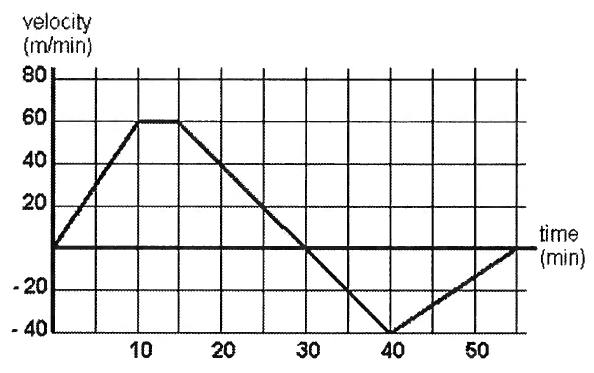SOLVING LINEAR SYSTEMS BY MATRICES WORKSHEET
Problem 1 :
Solve the system of linear equations given below using matrices.
x - 2y = 25
2x + 5y = 4
Problem 2 :
Solve the system of linear equations given below using matrices.
x + y + 2z = 13
2y + z = 5
2x - y = 6
Problem 3 :
Solve the system of linear equations given below using matrices.
2x + 3y = 8
7x - 2y = 3
Problem 4 :
Solve the system of linear equations given below using matrices.
2x - 3y - z = 2
x + 2y + 3z = 15
5x + y - z = 4

Detailed Answer Key
Problem 1 :
Solve the system of linear equations given below using matrices.
x - 2y = 25
2x + 5y = 4
Solution :
Write a matrix representation of the system of equations.
|
Each equation corresponds to a matrix now |
 |
To solve a linear system of equations using a matrix, analyze and apply the appropriate row operations to transform the matrix into its reduced row echelon form.
|
Multiply the first row by 2 and second row by 3. |
 |
|
Replace the first row with r1 - r2. Divide the second row by 3. |
 |
|
Divide the first row by -19. |
 |
|
Multiply the first row by -5. |
 |
|
Replace the second row with r1 + r2. |
 |
|
Divide the first row by -5 and the second row by 2. |
 |
|
Switch the first row and second row. |
 |
The final matrix is in reduced row echelon form and it allows us to find the values of x and y.
Hence, the solution of the system of linear equations is
(7, -2)
That is,
x = 7 and y = - 2
Justification :
Check that the values x = 7 and y = -2 satisfy both the equations.

Problem 2 :
Solve the system of linear equations given below using matrices.
x + y + 2z = 13
2y + z = 5
2x - y = 6
Solution :
Write a matrix representation of the system of equations.
|
Each equation corresponds to a matrix now |
 |
As we have done in problem 1, apply the appropriate row operations to transform the matrix into its reduced row echelon form.
|
(B) - 2(A) becomes (D) |
 |
|
(D) + 4(C) becomes (E) |
 |
|
(E) divided 5 becomes (G) |
 |
|
Switch (G) and (F). Now (H) matches reduced row echelon form. |
 |
|
2(H) - (I) becomes (J) |
 |
|
Multiply (J) by -1. Now (M) matches the reduced row echelon form. |
 |
|
(K) - (L) becomes (N) |
 |
|
(N) - 2(O) becomes (P). |
 |
The final matrix is in reduced row echelon form and it allows us to find the values of x, y and z.
Hence, the solution of the system of linear equations is
(3, 0, 5)
That is,
x = 3, y = 0 and z = 5
Justification :
Check that the values x = 3 and y = 0 and z = 5 satisfy the given system of linear equations.

Problem 3 :
Solve the system of linear equations given below using matrices.
2x + 3y = 8
7x - 2y = 3
Solution :
The given system has two linear equations.
So, we have to solve the problem as we have done in problem 1.
When we do so, we will get the following solution :
(1, 2)
That is,
x = 1 and y = 2
Problem 4 :
Solve the system of linear equations given below using matrices.
2x - 3y - z = 2
x + 2y + 3z = 15
5x + y - z = 4
Solution :
The given system has three linear equations.
So, we have to solve the problem as we have done in problem 2.
When we do so, we will get the following solution :
(2, -1, 5)
That is,
x = 2, y = - 1 and z = 5
Kindly mail your feedback to v4formath@gmail.com
We always appreciate your feedback.
©All rights reserved. onlinemath4all.com
Recent Articles
-
AP Calculus AB Problems with Solutions (Part - 19)
Apr 24, 25 11:10 PM
AP Calculus AB Problems with Solutions (Part - 19) -
AP Calculus AB Problems with Solutions (Part - 18)
Apr 24, 25 11:06 PM
AP Calculus AB Problems with Solutions (Part - 18) -
Derivative of Absolute Value of x Using Limit Definition
Apr 23, 25 11:11 AM
Derivative of Absolute Value of x Using Limit Definition
